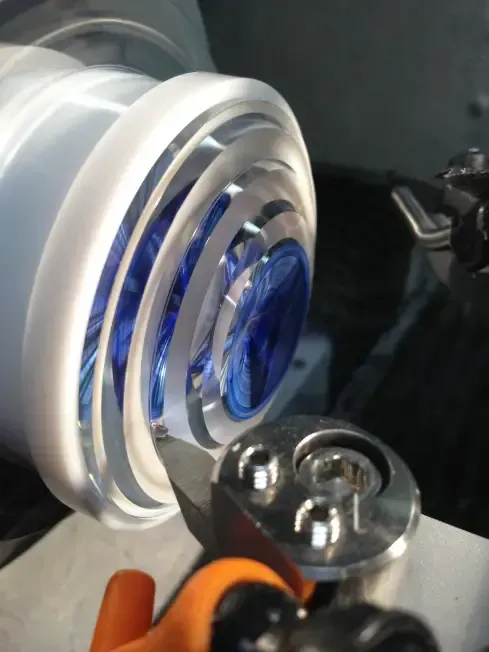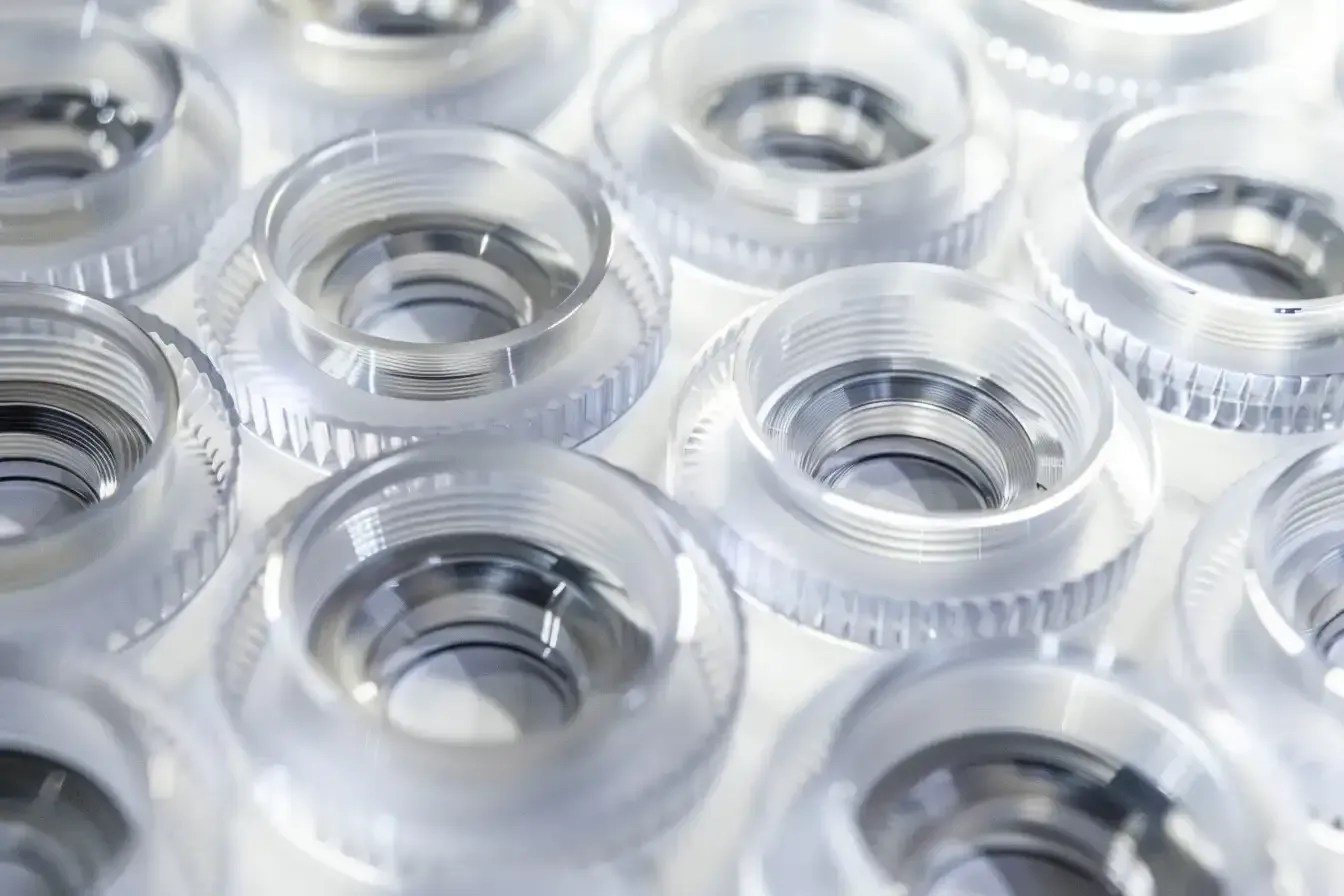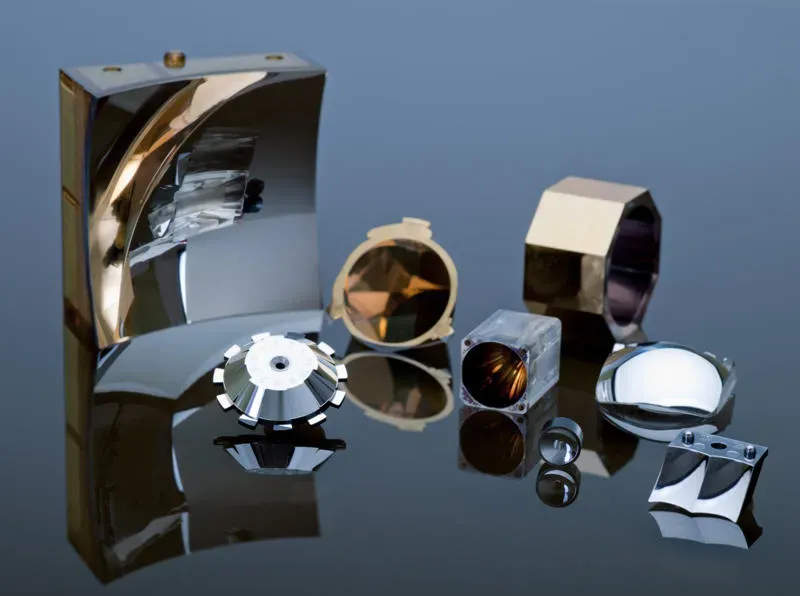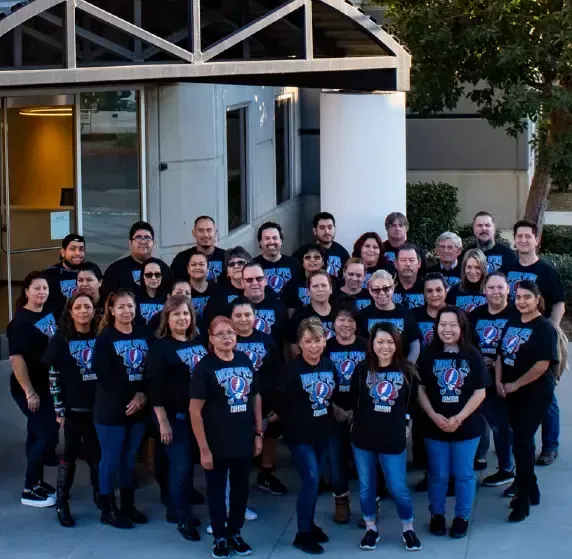Polymer Optics
Perfected.
We Take your Ideas from Concepts to Innovative Approaches and High-Volume Manufacturing.
Transforming Optical Complexity into Innovative Simplicity
Providing comprehensive optical solutions that let you focus on the bigger picture in your industry.
With our deep expertise in polymer optics, we optimize your products, minimizing stress and maximizing performance.
We are experts in a range of industries including:
Medical
Delivering critical optics for medical and dental illumination, imaging, and advanced diagnostics.
Defense
Optics enhancing mission-critical systems in defense, from helmet mounted displays to firearms optics and biometric identification.
Aerospace
Advancing aerospace technology with precision optics for avionics, heads-up displays and fire control systems.
Commercial/Industrial
Improving industrial automation, machine vision, and energy efficiency with specialized components.
Trust is the foundation of great service
The precision of our polymer optics is underpinned by advanced metrology equipment, ensuring we meet the ultra-precision standards necessary for life-saving applications. We uphold stringent quality assurance practices, certified under ISO9001:2015 and compliant with AS-9100, to deliver optics that are critical in defense, medical, and aerospace industries.
Our commitment extends beyond quality; we guarantee satisfaction with a straightforward promise—if it’s not right, we make it right, ensuring our optics not only meet but exceed the rigorous expectations of our clients.
| Our Promise | |
|---|---|
| ✓ Precision Guaranteed | ✓ Expertise Delivered |
| ✓ Quality Certified | ✓ Satisfaction Promised |
| ✓ Reliability Ensured | ✓ Trust Upheld |







